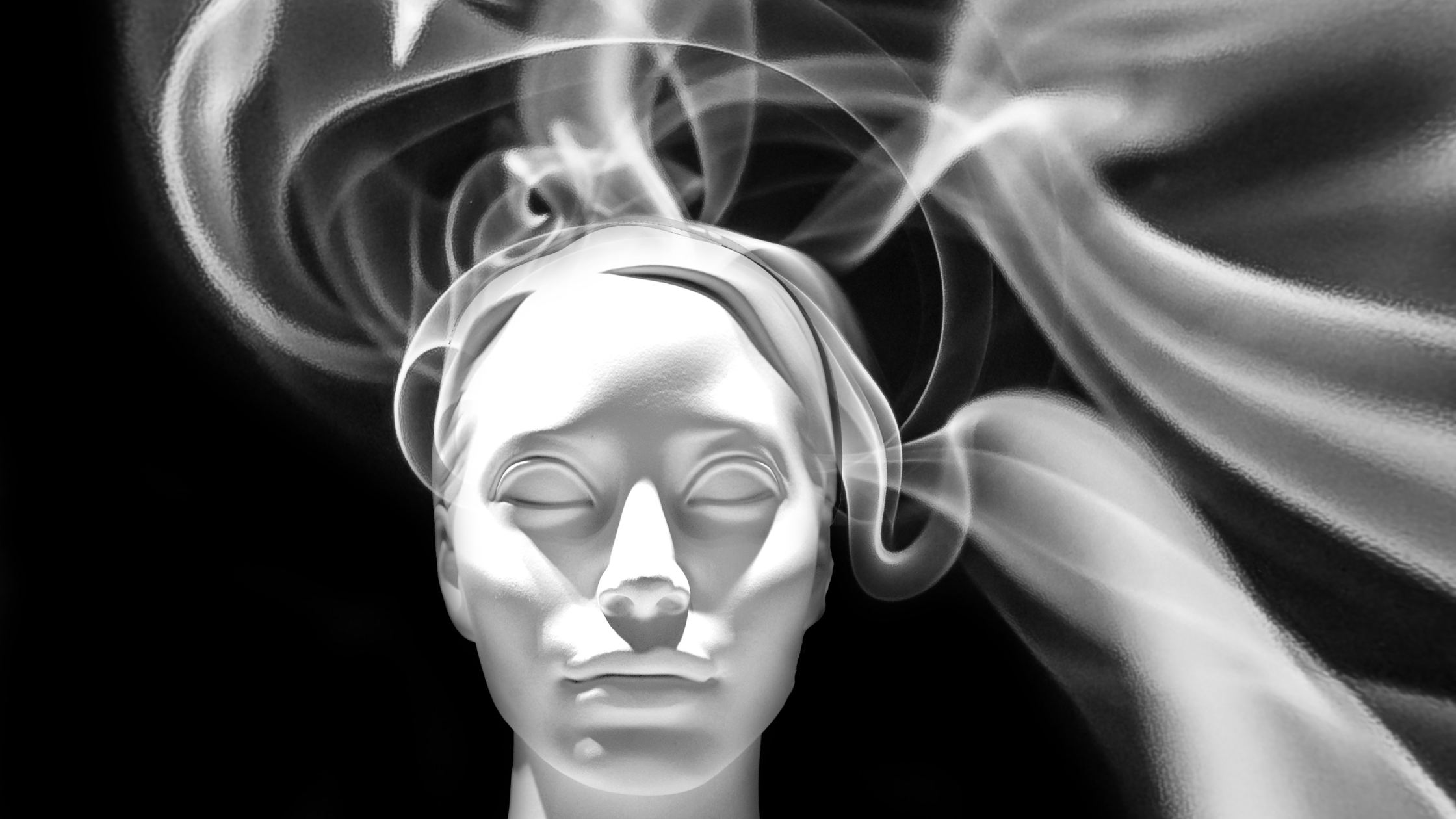
The Hidden Dangers of Real Christmas Trees: What You Need to Know
For many, the allure of a real Christmas tree is irresistible. The scent of fresh pine, the tactile joy of decorating its boughs, and the sense of tradition make it a beloved centerpiece of the holiday season. However, bringing a natural tree into your home comes with a host of hidden dangers that are often overlooked. These risks can compromise not only the health of your household but also the safety of your home. Below, we delve into the potential hazards of natural Christmas trees and why a closer consideration of their impact is essential.
Mold: An Invisible Threat
One of the most significant dangers posed by real Christmas trees is mold. Studies have shown that fresh-cut trees can harbor a variety of mold spores. When brought indoors, these spores thrive in the warm and humid environment of a home, potentially releasing allergens that exacerbate respiratory issues. For individuals with asthma, allergies, or other respiratory conditions, exposure to these mold spores can lead to severe symptoms, including coughing, sneezing, nasal congestion, and difficulty breathing. Even for those without preexisting conditions, prolonged exposure to mold can cause irritation and discomfort.
Pests: Unwanted Guests in Your Home
Natural trees are often a haven for pests, many of which remain hidden until the tree is brought indoors. Ticks, for example, may cling to the branches and bark, posing a risk of spreading diseases like Lyme disease. Spiders, mites, and aphids are also common inhabitants of natural Christmas trees. While some of these insects are relatively harmless, their sudden appearance can be alarming and disruptive.
In rare cases, larger animals such as rodents or even snakes can find refuge in the tree. While these incidents are uncommon, they highlight the unpredictability of introducing an outdoor element into your home. Inspecting your tree thoroughly before bringing it inside can help mitigate this risk, but it does not guarantee complete safety.
Fire Hazards: A Grave Concern
A dry Christmas tree is a significant fire hazard. The natural oils in pine needles are highly flammable, and once the tree begins to dry out, it can ignite with startling speed. According to the National Fire Protection Association (NFPA), Christmas tree fires, though not frequent, tend to be more destructive than other types of house fires. Electrical malfunctions, such as frayed lights or overloaded outlets, are often the culprits behind these fires.
To minimize this risk, it is crucial to keep your tree well-watered, away from heat sources, and adorned with lights that meet modern safety standards. However, even with these precautions, the inherent flammability of a natural tree remains a concern.
Allergens and Sap Irritants
Beyond mold, natural Christmas trees can release pollen and other allergens into the air. These allergens can cause reactions ranging from mild irritation to more severe respiratory or skin symptoms. Additionally, the sap of some trees can cause contact dermatitis, an itchy and uncomfortable rash that results from handling the tree without protective gloves.
Environmental Impact
While often viewed as a greener option than artificial trees, real Christmas trees have their own environmental drawbacks. Many are grown using pesticides and herbicides, which can leave residues harmful to humans and pets. Additionally, the transportation and disposal of millions of Christmas trees each year contribute to carbon emissions and landfill waste. Opting for a tree from a sustainable farm or participating in recycling programs can mitigate some of these effects, but the broader environmental impact should still be considered.
Conclusion
While real Christmas trees undoubtedly carry charm and tradition, they are not without their perils. Mold, pests, fire risks, allergens, and environmental concerns all underscore the need for careful consideration when bringing a natural tree into your home. If you decide to embrace the authenticity of a real tree, take proactive measures to inspect, clean, and maintain it to reduce these risks. Alternatively, high-quality artificial trees can offer a safer and more sustainable solution, ensuring that your holiday season is as joyous and worry-free as possible.
Ultimately, the choice of a Christmas tree should be guided by an informed understanding of the benefits and drawbacks. By recognizing the hidden dangers of real trees, you can make a decision that best suits your family’s health, safety, and environmental values.




